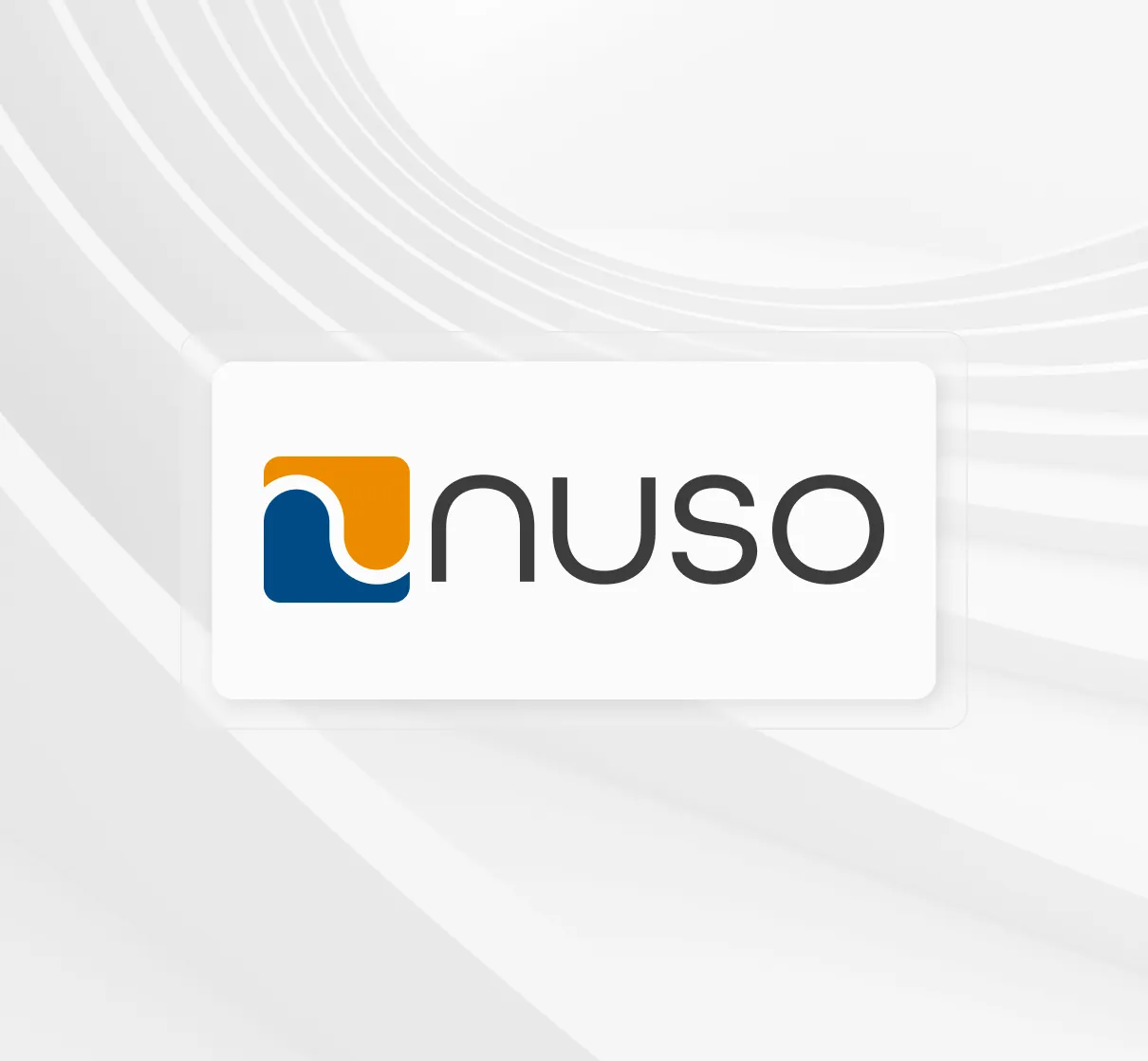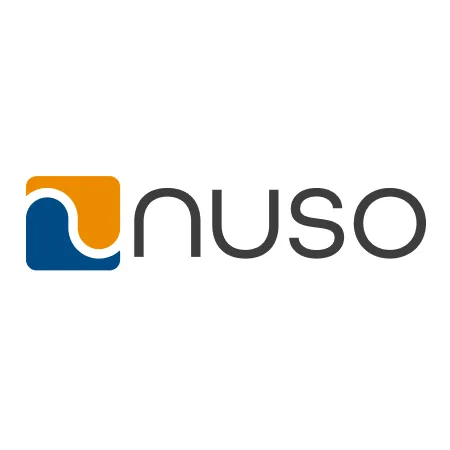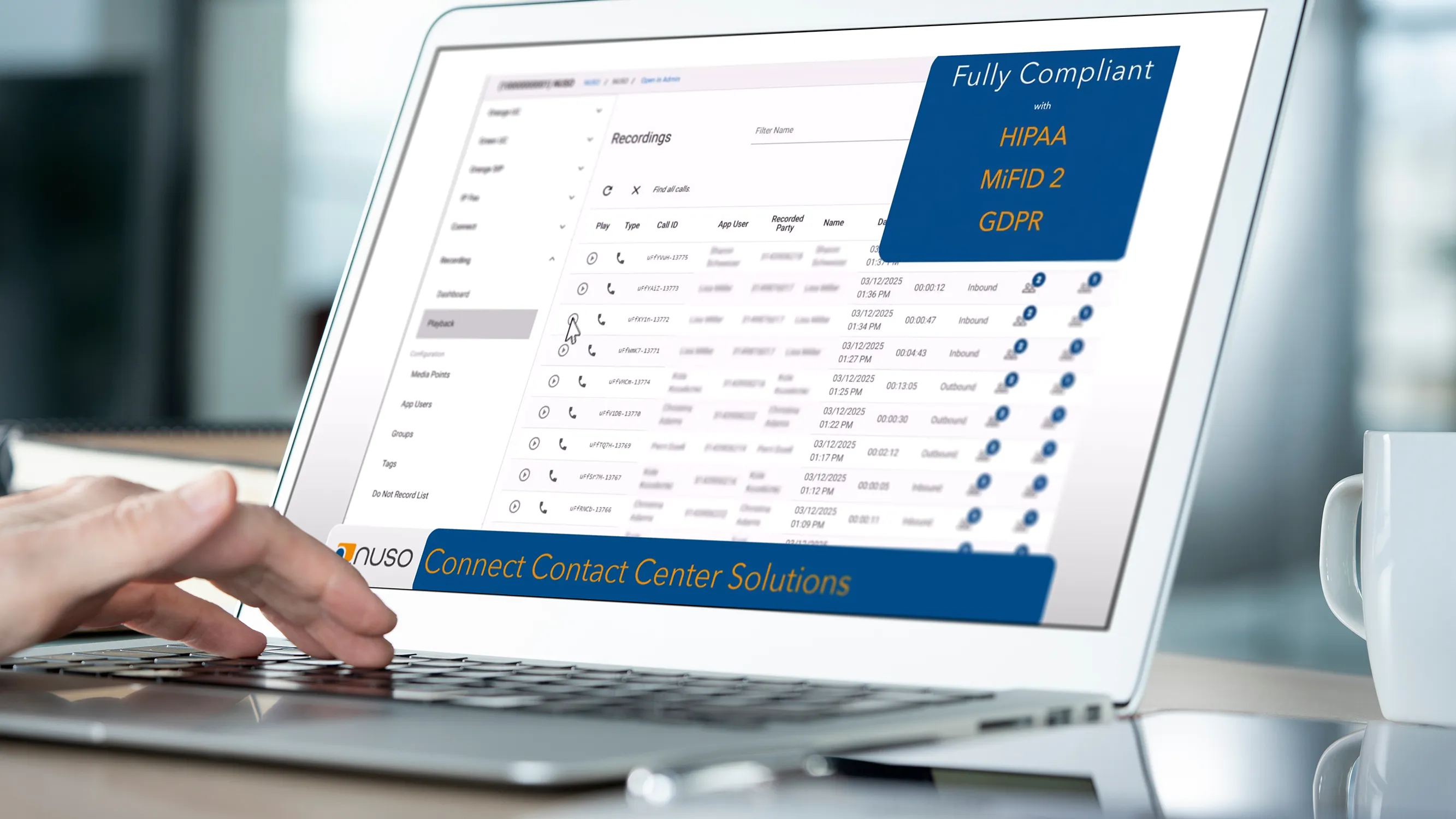For decades, Unified Communications (UC) and Contact Centre (CC) technologies lived in separate worlds.
UC focused on internal collaboration — connecting teams through voice, chat, and video — while CC managed external engagement through inbound and outbound customer interactions. Each had its own systems, vendors, and priorities.
But that division no longer reflects how modern organisations communicate. Customers now expect immediacy, transparency, and seamless transitions between channels, while employees in hybrid workplaces must collaborate across departments in real time. The once-clear boundary between UC and CC is rapidly disappearing — giving rise to a new, unified communications fabric.
Why the Shift Is Happening
Several forces are driving UC/CC convergence. Customer expectations have changed: people want to start a chat, escalate to a video call, and bring in a product expert — all without losing context. That seamless experience is only possible when collaboration and contact platforms are connected. Hybrid work has also blurred traditional roles, as contact centre agents and knowledge workers increasingly overlap and need access to shared presence and instant communication regardless of location.
At the same time, cloud-based UCaaS and CCaaS solutions now share the same architecture — microservices, APIs, and programmable communication layers — making integration easier than ever before. The economics of simplification are also compelling: maintaining two separate communication stacks doubles licensing, support, and compliance costs. Finally, AI and analytics rely on unified data. When customer and employee conversations exist in silos, insights remain fragmented; when they are integrated, organisations gain a complete, 360° view of communication and performance.
What Convergence Looks Like in Practice
In a converged environment, employees and agents operate in one connected ecosystem.
- Shared identity and presence: Everyone appears in the same directory, with real-time status and one-click escalation from chat to voice or video.
- Unified calling and messaging: A common voice and messaging infrastructure simplifies routing and improves reliability.
- Common compliance and recording layer: All interactions — internal or external — are captured, encrypted, and archived under one policy, ensuring consistent auditing.
- Shared analytics: Managers can correlate collaboration metrics with customer outcomes to understand how teamwork affects CX.
- AI-powered routing: Intelligent workflows direct requests to the most qualified person — regardless of job title or department.
The Benefits
- Faster Resolutions: With unified communication channels, agents can instantly involve the right expert instead of scheduling follow-ups.
- Better Employee Experience: Everyone works with the same tools and interfaces, improving engagement and productivity.
- Unified Compliance: One governance layer eliminates blind spots and ensures all communications meet regulatory requirements.
- Lower Costs: Consolidating vendors and infrastructure reduces overhead and simplifies management.
- Stronger Insights: Shared analytics reveal how collaboration patterns influence customer satisfaction and efficiency.
Real-World Impact
Financial Services: Banks use converged systems to meet MiFID II and DORA requirements, recording every call and meeting under consistent policies while enabling traders and advisors to collaborate securely.
Healthcare: Hospitals connect operators, nurses, and specialists on the same secure network, ensuring fast response and complete audit trails.
Education: Universities and schools use converged platforms to unify helpdesks, admissions offices, and academic departments. Students can reach support via chat or call, while staff collaborate instantly on course or technical issues — improving service efficiency and accessibility for remote learners.
Retail: Retailers integrate contact centres with internal communication tools so store staff, warehouse teams, and customer service can coordinate in real time. Unified systems turn every interaction — from stock inquiries to returns — into a faster, more transparent experience
Government : Municipal and national agencies benefit from converged communication layers that link citizen helplines with internal departments. Real-time collaboration shortens case-handling times and improves transparency while ensuring data security and compliance.
Manufacturing: Factories and logistics hubs integrate UC and CC to connect production floors, suppliers, and customer-care teams. Instant access to experts helps resolve quality or delivery issues quickly, minimising downtime and improving service reliability.
Conclusion – One Fabric, Many Connections
The age of isolated communication systems is ending.
Convergence is not just a technical upgrade; it’s a cultural and operational transformation. When UC and CC unite, organisations enable seamless collaboration, richer insights, and more compliant operations — turning every conversation into an opportunity to improve both employee and customer experience.
Those who succeed will not merely reduce the number of platforms they use. They will create a single, intelligent communications fabric — flexible, compliant, and responsive — that connects people, processes, and insights in real time.
Want to get in touch with us to share your breaking silos strategy? Contact us today!










